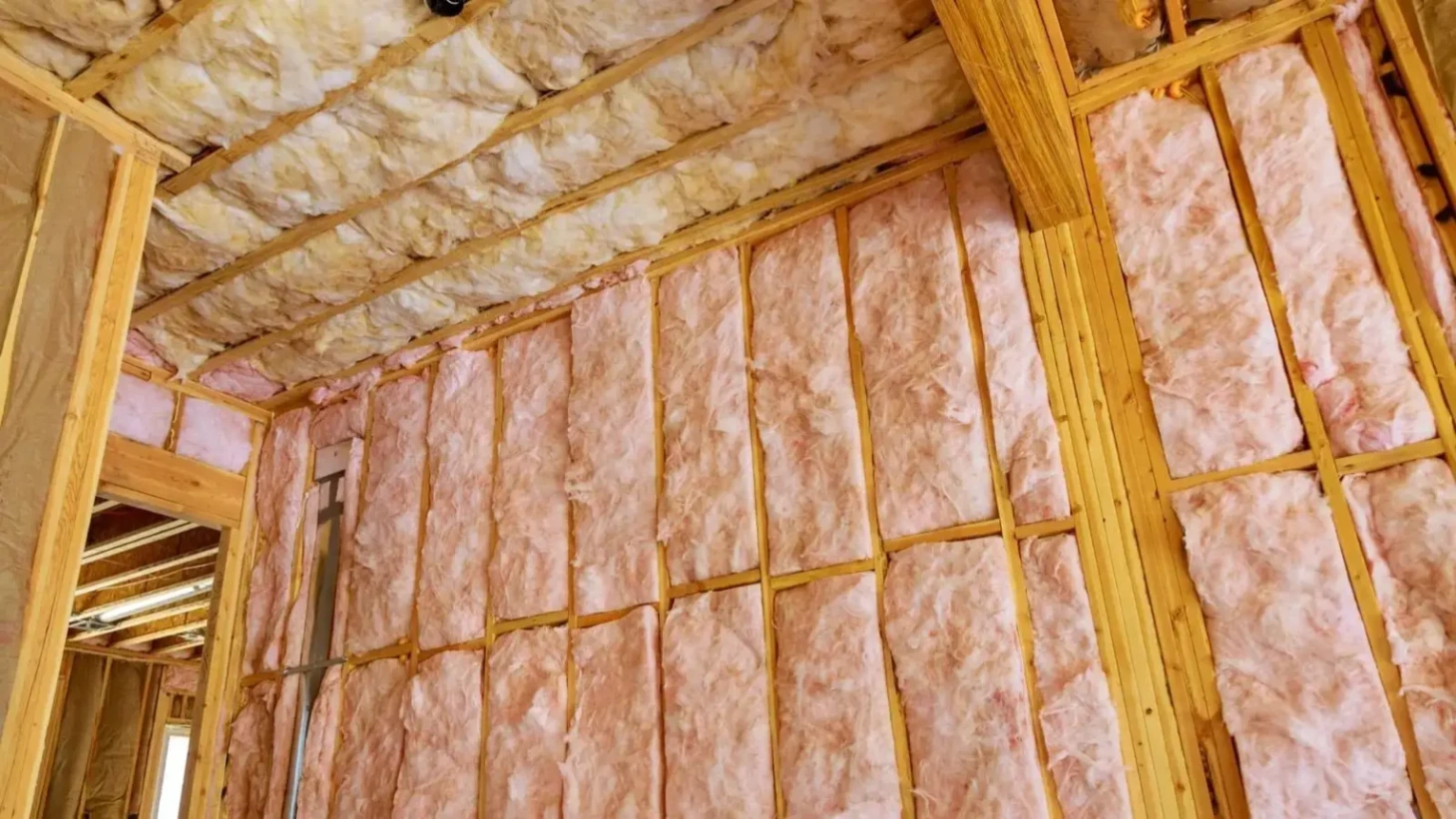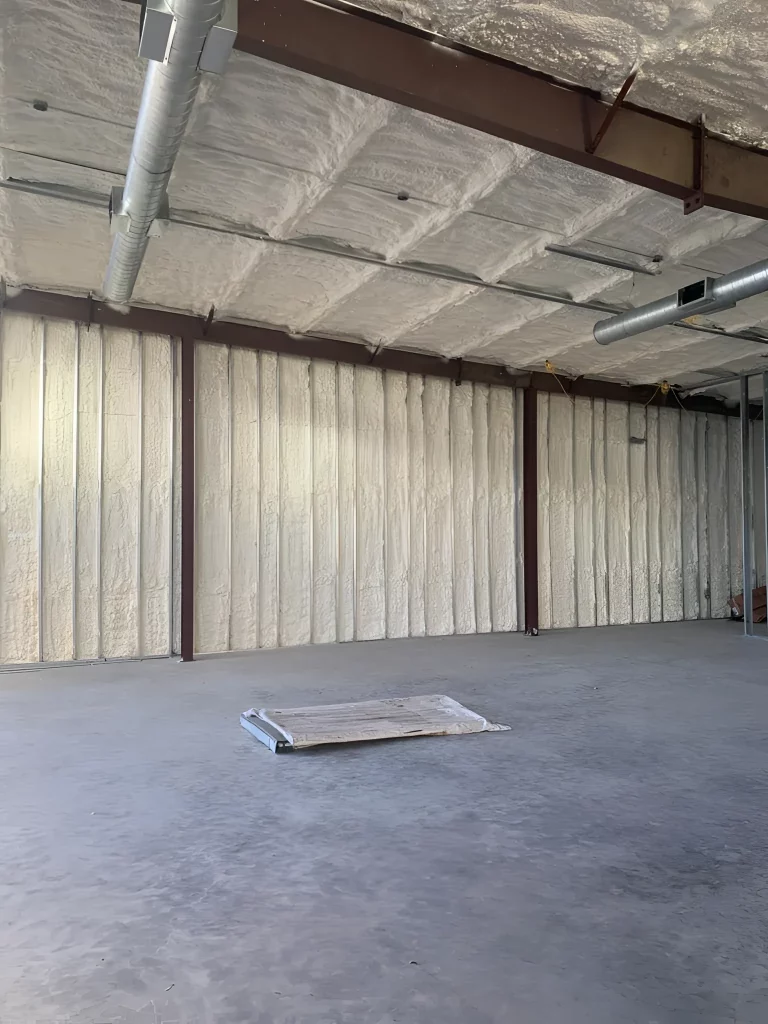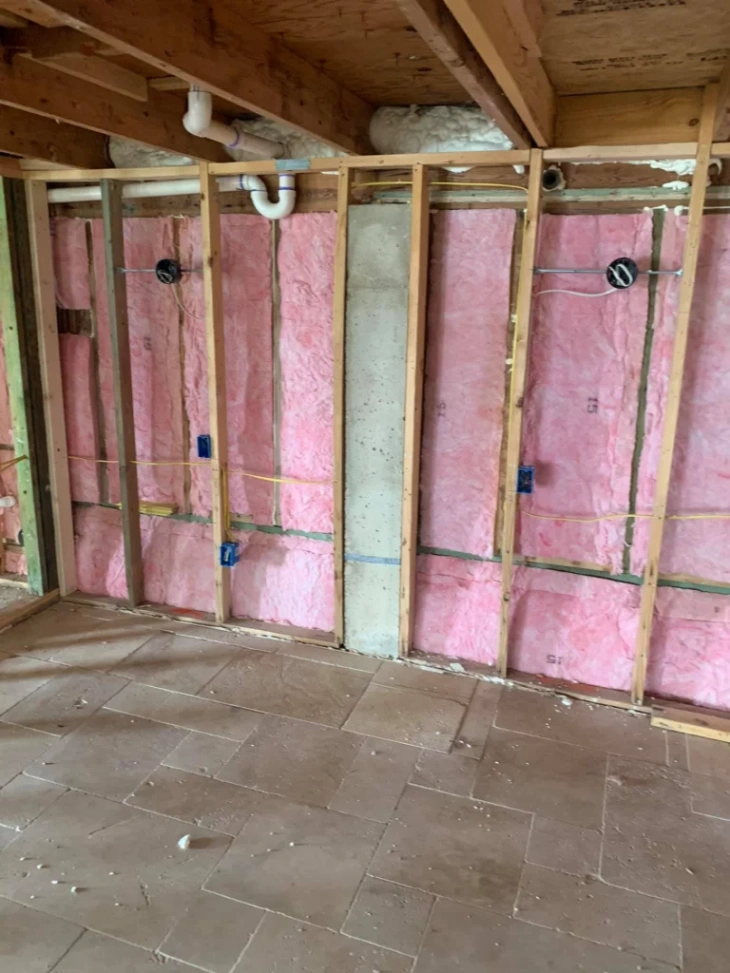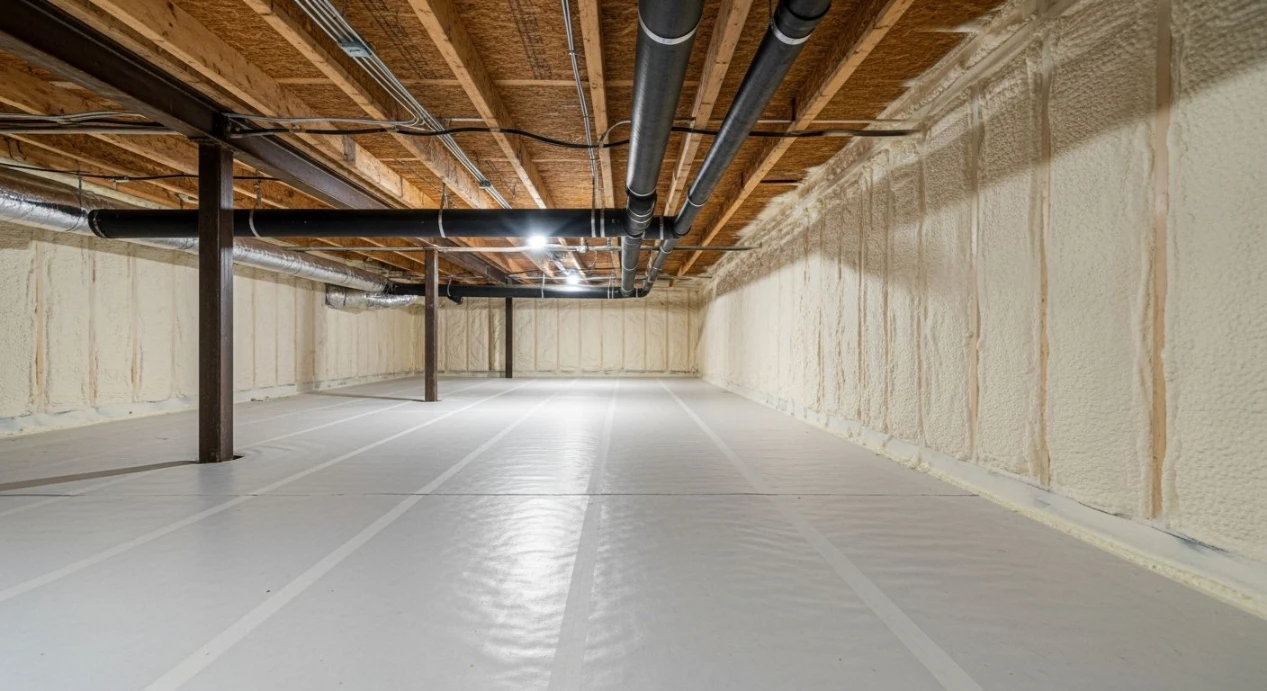

Austin’s evolving climate patterns demand insulation solutions that adapt to increasing temperature extremes, unpredictable weather events, and rising energy costs. Spray foam insulation provides superior thermal performance and air sealing capabilities that traditional insulation materials cannot match, creating a protective barrier that maintains consistent indoor temperatures regardless of external conditions. This advanced insulation technology reduces energy consumption by up to 50% while improving indoor air quality and structural integrity.
Climate data from the National Weather Service shows Austin experiencing more frequent heat waves exceeding 100°F and unexpected winter freezes, making effective insulation critical for year-round comfort and energy efficiency. H & R Spray Foam Insulation has observed firsthand how properly installed spray foam systems protect homes during extreme weather events, from the 2021 winter storm to record-breaking summer temperatures.
Austin’s subtropical climate creates unique insulation demands that standard materials struggle to address. The city experiences significant temperature swings, high humidity levels, and intense UV exposure that can compromise traditional insulation performance over time. Recent weather data indicates average summer temperatures have increased by 2.3°F over the past decade, while winter lows have become more unpredictable.
The urban heat island effect intensifies these challenges, with downtown temperatures often running 5-8°F higher than surrounding areas. This phenomenon places additional stress on cooling systems and increases energy costs for residents throughout the metropolitan area.
Bonus Tip: Monitor your monthly energy bills for seasonal spikes exceeding 30% of your baseline usage – this often indicates insulation deficiencies that spray foam can address effectively.
Closed-cell spray foam maintains its R-value and structural integrity across Austin’s temperature range of -10°F to 110°F. Unlike fiberglass or cellulose insulation, spray foam creates an impermeable barrier that prevents air infiltration and moisture intrusion, two primary causes of energy loss in Central Texas homes.
| Temperature Condition | Spray Foam Performance | Traditional Insulation Performance |
|---|---|---|
| 100°F+ Heat Waves | Maintains R-6.5 per inch | Loses 15-30% effectiveness |
| High Humidity (80%+) | Prevents moisture absorption | Absorbs moisture, reduces R-value |
| Rapid Temperature Changes | Expands/contracts without gaps | Creates air gaps, thermal bridging |
| UV Exposure | Requires protective coating only | Degrades rapidly without protection |
The material’s closed-cell structure provides structural reinforcement, adding up to 300% racking strength to walls and roofs. This benefit proves especially valuable during Austin’s severe thunderstorms and occasional tornado activity.
Austin Energy reports that properly insulated homes consume 40-60% less energy for heating and cooling compared to homes with inadequate insulation. Spray foam insulation services in Austin, TX achieve these savings through superior air sealing properties that eliminate the stack effect – the natural airflow that pulls conditioned air out of living spaces.
| Insulation Type | R-Value per Inch | Air Sealing Capability | Moisture Resistance |
|---|---|---|---|
| Closed-Cell Spray Foam | R-6.0 to R-6.5 | Complete air barrier | Impermeable |
| Open-Cell Spray Foam | R-3.5 to R-4.0 | Excellent air sealing | Semi-permeable |
| Fiberglass Batts | R-3.1 to R-3.4 | Minimal air sealing | Absorbs moisture |
| Blown-In Cellulose | R-3.2 to R-3.8 | Good air sealing | Treated for moisture |
Bonus Tip: Schedule insulation installation during Austin’s mild months (October-December or February-April) to avoid peak summer cooling loads and ensure optimal curing conditions.
Central Texas construction practices often create thermal bridges and air leakage points that compromise energy efficiency. Spray foam application targets these specific problem areas: rim joists, electrical penetrations, plumbing chases, and HVAC ductwork connections.
Attic spaces represent the greatest opportunity for improvement, as temperatures in uninsulated Austin attics regularly exceed 140°F during summer months. Spray foam application to the roof deck creates a conditioned attic space, reducing ductwork temperature differentials and improving HVAC system efficiency.
H & R Spray Foam Insulation delivers comprehensive spray foam solutions tailored to Austin’s climate requirements:

Evaluate your home’s current energy performance through a professional energy audit to identify specific problem areas. Consider the age and condition of your HVAC system, as improved insulation may allow for equipment downsizing during future replacements. Review local building codes and HOA requirements, particularly for exterior applications or visible installations.
Assess your long-term occupancy plans, as spray foam insulation provides the greatest return on investment for homeowners planning to remain in their properties for five or more years. Factor in seasonal installation scheduling, as extreme temperatures can affect application conditions and curing times.
Bonus Tip: Document your home’s energy baseline with 12 months of utility bills before installation to accurately measure post-installation savings and potential rebate qualifications.
Most homeowners see return on investment within 3-5 years through reduced energy costs, with additional benefits including improved comfort and increased property value.
Closed-cell spray foam prevents moisture intrusion entirely, while open-cell applications require proper vapor barrier placement based on specific wall assembly designs.
Properly installed spray foam requires no ongoing maintenance, though periodic inspection of protective coatings on exposed surfaces ensures long-term performance.
Spray foam maintains its insulating properties and prevents pipe freezing in wall cavities, providing superior protection compared to traditional insulation materials.
Austin’s changing climate requires insulation solutions that provide consistent performance across extreme temperature ranges while maintaining indoor air quality and structural integrity. Spray foam insulation delivers these benefits through advanced material properties and professional installation techniques that address specific regional challenges.
Evaluate your home’s current performance, consider long-term occupancy plans, and consult with experienced professionals to determine the most appropriate insulation strategy for your specific situation and budget requirements.
Transform your home’s energy performance with professional spray foam insulation designed for Austin’s challenging climate. Our experienced team provides comprehensive evaluations and customized solutions that deliver measurable results from day one.
Contact H & R Spray Foam Insulation at (979) 325-2419 or [email protected] to schedule your consultation and discover how advanced insulation technology can prepare your home for whatever weather Austin brings next.
Quality spray foam insulation maintains its R-value and air sealing properties for the life of the building when properly installed. Unlike traditional materials that settle, compress, or absorb moisture, spray foam retains its structural integrity and thermal performance indefinitely.
Spray foam eliminates air infiltration that carries outdoor pollutants, allergens, and humidity into living spaces. This improved air sealing reduces dust accumulation and creates more consistent indoor conditions, particularly beneficial for allergy sufferers during Austin’s high pollen seasons.
Enhanced building envelope performance often allows HVAC systems to operate more efficiently and cycle less frequently. However, oversized systems may require adjustment or replacement to prevent short cycling and maintain proper humidity control in the improved building envelope.
Austin follows International Building Code requirements for insulation materials, including thermal barriers for exposed spray foam applications and specific R-value minimums for different building components. Professional installation ensures compliance with all applicable codes and standards.
Energy-efficient improvements like spray foam insulation typically increase home values by 3-5% while making properties more attractive to environmentally conscious buyers. Documentation of energy savings and professional installation certificates enhance marketability and buyer confidence.


